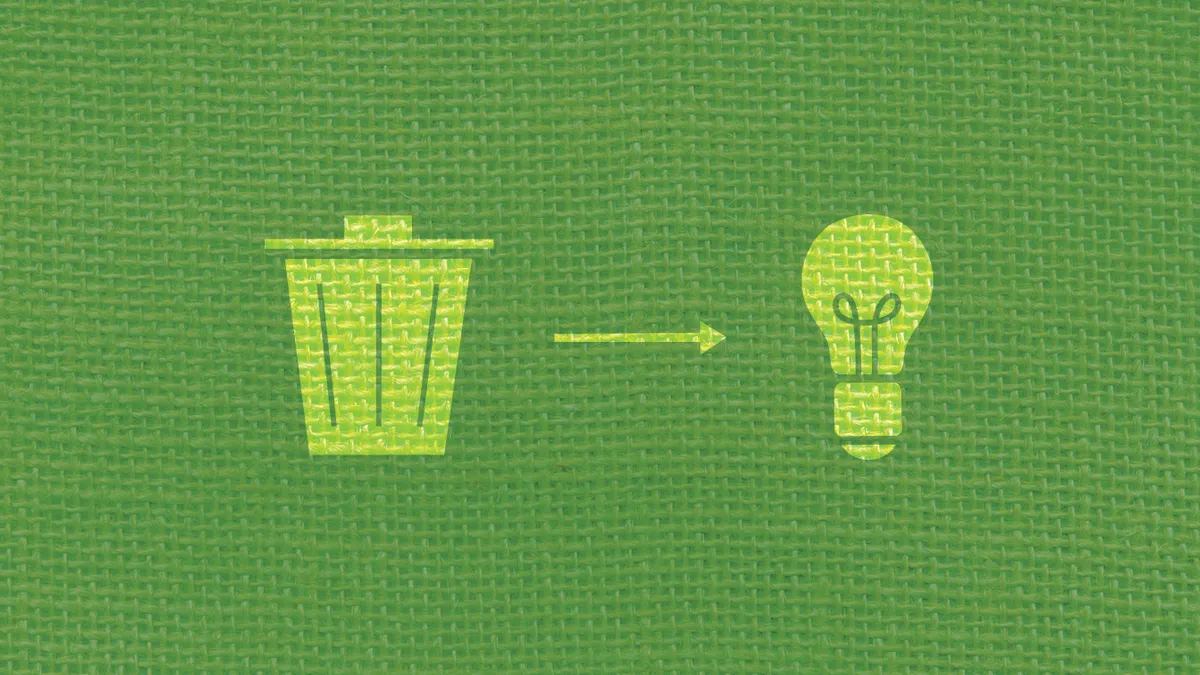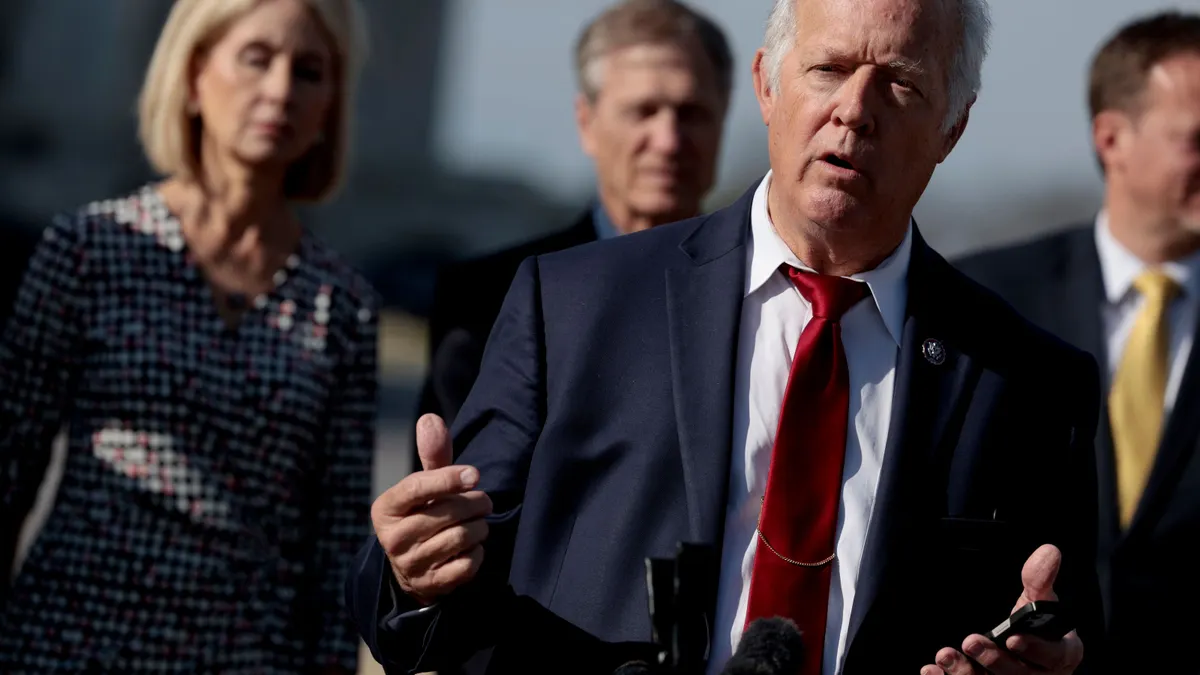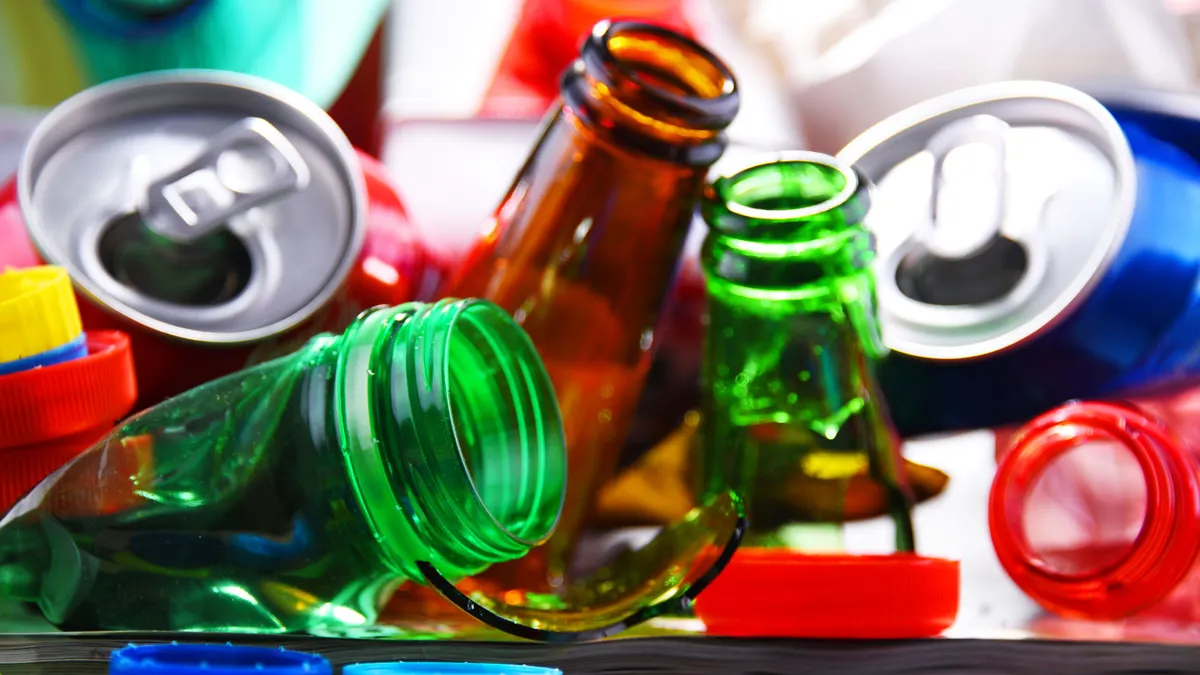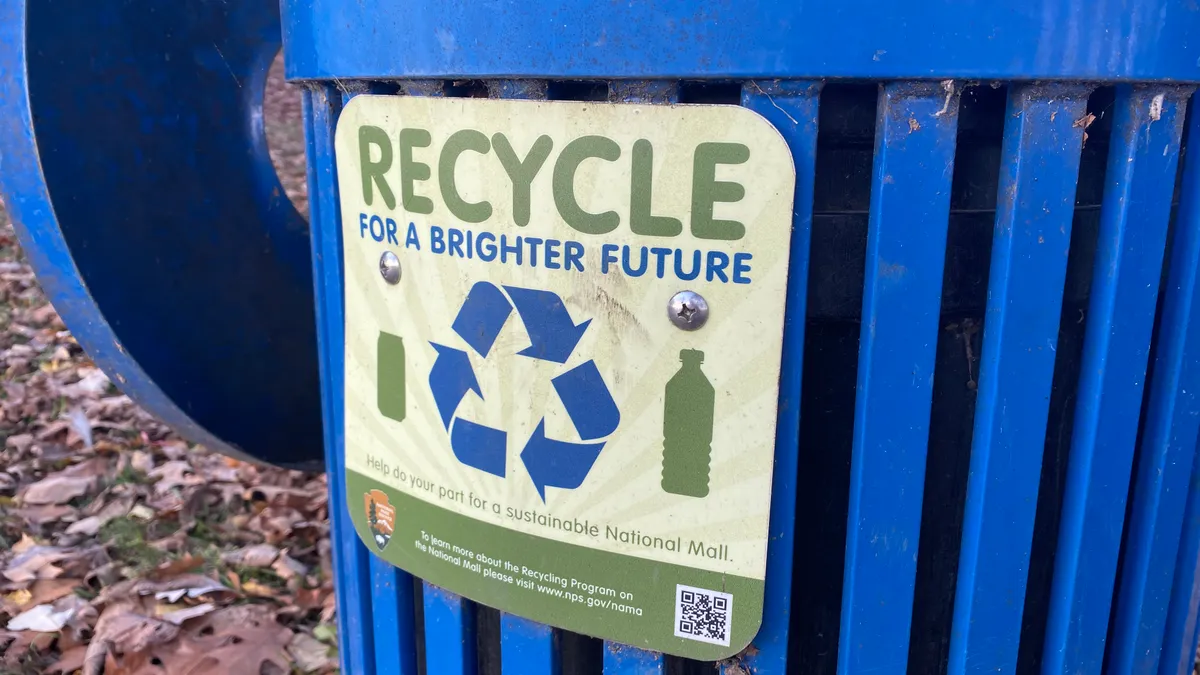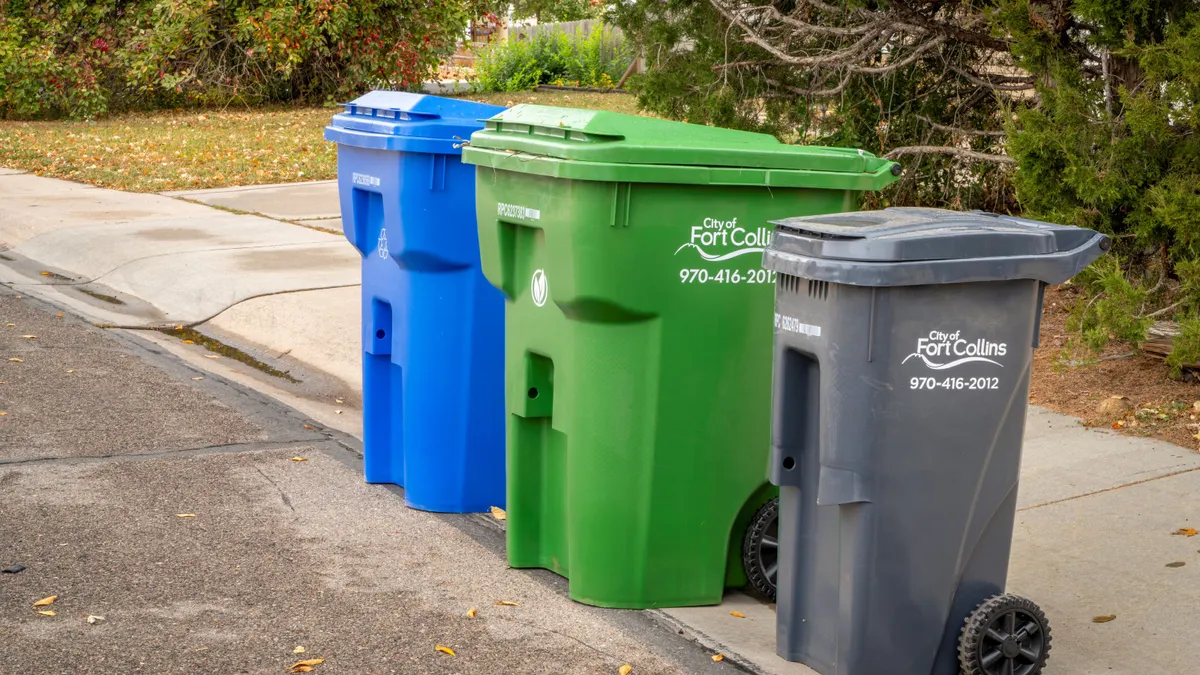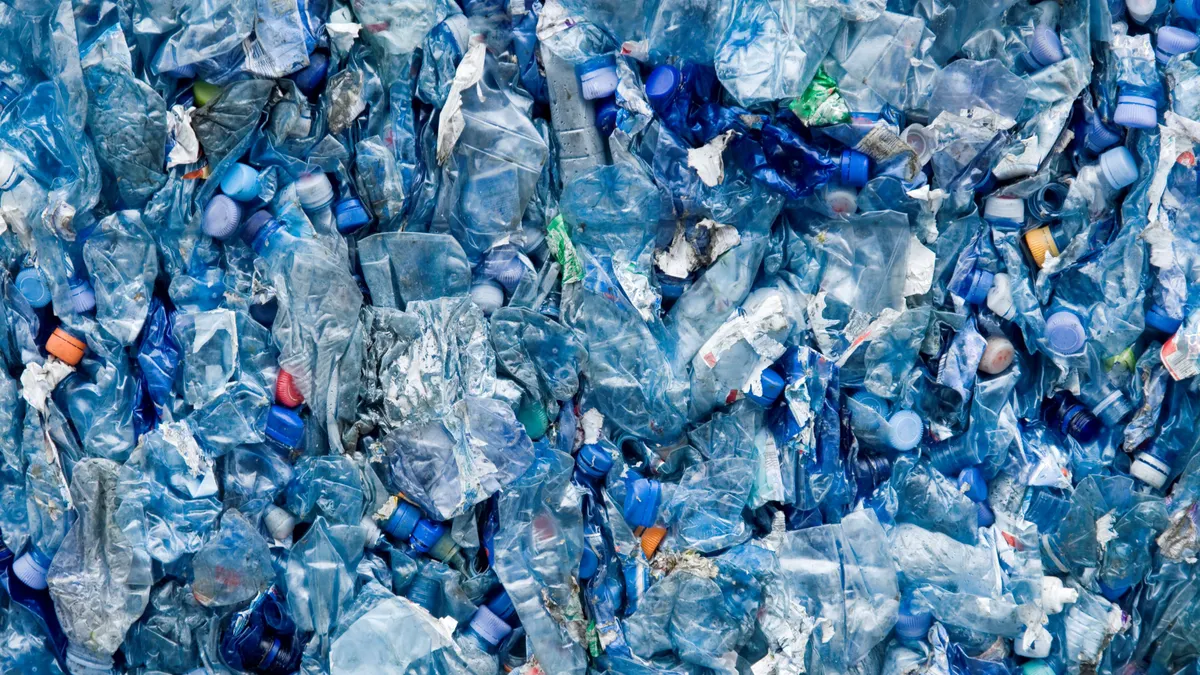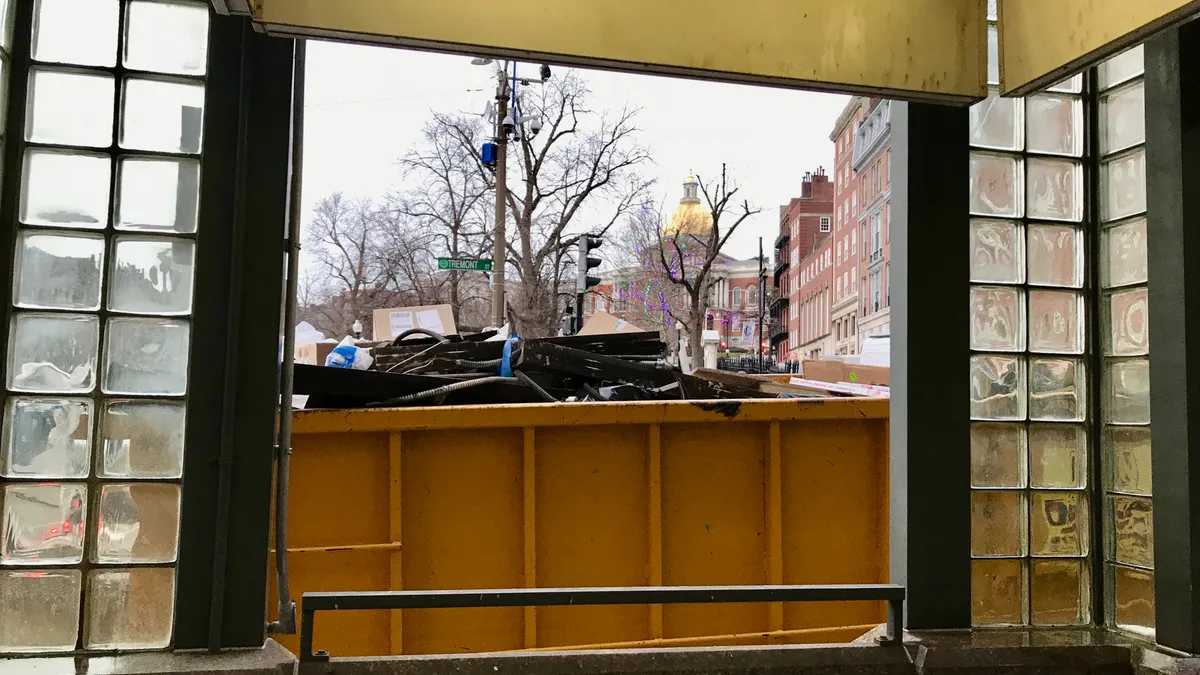A new report from the Global Alliance for Incinerator Alternatives (GAIA) and the Tishman Environment and Design Center at The New School calls out refuse-derived fuel and other co-incineration technologies for offering "a false path to zero waste" and undermining sustainability goals.
The report cites the EPA's Non-Hazardous Secondary Materials (NHSM) rule, which expanded definitions of solid waste and created new opportunities for "non-waste fuel products," as a key factor that has allowed companies to process material with less regulatory oversight than other methods.
The four case studies include the Hefty EnergyBag program, which the report says may not be screening for plastics that create harmful emissions when burned and is sending material to a cement kiln in Omaha, NE with a record of environmental violations. The Waste Management-backed SpecFUEL project in Philadelphia is also questioned for potentially selling material to the Northampton Generating Company's coal combustion plant, which has its own record of environmental issues. The RePower South project in Virginia, which hit a serious roadblock last month, and an alternative fuel project at the Lehigh Southwest Cement Plant in California are also highlighted.
To achieve "zero waste," the report recommends staying away from any of these technologies or other traditional WTE options. Careful procurement, advocacy for more recyclable packaging design and a descreased reliance on single-use products are listed as important actions for cities or municipalities looking to improve their recycling efforts.
"We really believe there are businesses and cities that are trying to do the right thing and we want to make sure they have all the info they need to make an informed decision," Monica Wilson, research and policy coordinator for GAIA, told Waste Dive.
GAIA's stance on WTE combustion facilities around the world is well-known. At a time when political and financial factors make the construction of such facilities difficult in the U.S., more companies are turning toward alternative options. Various refuse-derived fuel plants or similar set-ups have existed in the U.S. for years and are now gaining new attention as technology improves.
According to a presentation from the consulting firm Gershman, Brickner & Bratton earlier this year, such projects have a "moderate to low" financial risk though commercial applications are still limited. The ones that are in development, often involving some method to capture certain categories of recyclables, are being watched closely by the industry as a sign of future potential.
"We really believe there are businesses and cities that are trying to do the right thing and we want to make sure they have all the info they need to make an informed decision."
Monica Wilson
Research and Policy Coordinator, GAIA
The GAIA report makes the case that the EPA's 2013 NHSM rule change has facilitated the expansion of these technologies by allowing companies to burn waste with fewer regulations than in traditional WTE combustion facilities once it has been converted to a fuel product such as pellets. GAIA describes this as a "loophole" that lets companies process material with less oversight and potentially hazardous environmental consequences.
A spokesperson for the EPA declined to comment on the report prior to reviewing it. They referred to a fact sheet mentioning that the rule change was designed to address stakeholder concerns by increasing flexibility, while maintaining public health protections. It remains unclear whether the waste industry played a role in advocating for those changes at the time, or if the conversation was driven more by other sectors pursuing related changes to biomass regulations.
Waste companies have shown interest in some of these alternative options before. During a May interview with Waste Dive, Waste Management CEO Jim Fish mentioned SpecFUEL as one of the more "intriguing technologies" the company was exploring. GAIA told Waste Dive that they've heard mixed reports about how active this project still was and the level of Waste Management's involvement. Asked about the project's status, and what oversight is in place to screen facilities receiving the fuel, the company provided the following response.
"WM’s SpecFUEL facility in Philadelphia, PA continues to operate and make fuel for customers," wrote Toni Beck, vice president of corporate communications and community relations, via email. "WM has partnered with Continuus Energy to facilitate the operation and optimization of the plant. WM is optimistic of SpecFUEL’s prospects and we continue to maintain a pipeline of customers who are looking to use our product as a supplemental replacement to their existing fuels."
As for the EnergyBag program, the GAIA report portrays this as problematic not just because of emissions concerns about the Sugar Creek Cement facility in Omaha, but also because it encourages the use of non-recyclable plastics. Dow Chemical, in partnership with Keep America Beautiful, is currently offering grants for more municipalities to join the program. During a July interview with Jeff Wooster, the global sustainability director for Dow Packaging and Specialty Plastics, the program was described as a complement to existing curbside recycling options.
GAIA views this project as a way to avoid packaging redesign and slow efforts to move away from single-use or disposable products. Wilson described it as one of multiple industry "escape valves on the pressure around redesign" that doesn't address circular economy goals.
When asked about GAIA's claims of environmental problems with the EnergyBag program, Dow provided an extended response from Wooster. He wrote that using plastics in cement kilns "does not pose an increased risk to human health and the environment," noting that all operations are in compliance with Clean Air Act and other relevant regulations. Partner facilities, such as Sugar Creek, "undergo a strict vetting process" based on multiple factors including "environmental compliance and permits" and "analysis of the environmental impacts."
As for the argument that this program isn't sustainable, Wooster said that advancing the circular economy for plastics was an "important focus of our 2025 sustainability goals." Programs such as EnergyBag, he wrote, "could achieve positive long-term environmental and economic advantages and a solution for plastics that currently do not have strong recycling markets, including fewer tons of landfill trash, more energy resources and less dependence on fossil fuel energy."
Wilson and others focused on packaging changes still see this as a linear model because it doesn't result in material coming back into the system. They're concerned that such programs designed as interim solutions will allow companies to limit their responsibility for eventually making all packaging more recyclable. Full transparency about what comprises the remainder of the waste stream after recycling has been maximized and how that material can be addressed is viewed as a critical part of achieving "zero waste."
In many ways this debate goes to the heart of the "zero waste" challenge faced by businesses and municipalities. As currently designed, not all products in the marketplace have clear pathways toward recycling, composting, digestion or other diversion methods. This reality means that some form of disposal option is still needed, usually landfills or waste-to-energy combustion. Because of this, cities have taken different stances on how they will achieve their own "zero waste" goals and whether energy recovery or other alternative methods fit into those definitions.
Alternative technologies offer an appealing way to sidestep some of the usual criticism around landfills and WTE combustion on the path toward hitting "zero waste" targets. Though if this report is any indication, environmental groups won't be subscribing to that logic.


